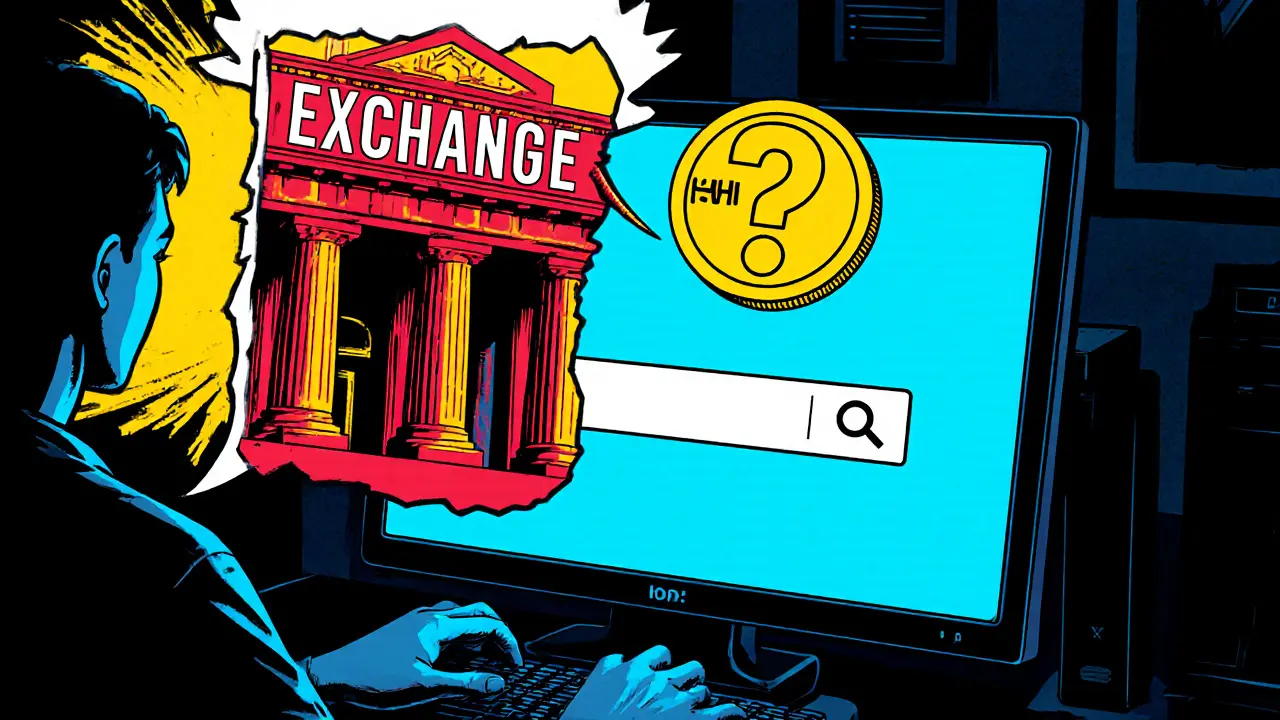H2 Finance Review: Token or Crypto Exchange? Full Analysis
A clear review of H2 Finance, revealing it's a token-not an exchange-plus price data, risk factors, analyst forecasts and how to trade it safely.
Read MoreWhen working with Token Analysis, the systematic study of a digital asset’s purpose, structure, and market behavior. Also known as crypto token evaluation, it helps investors separate hype from substance. A solid token analysis often starts by looking at related constructs such as crypto ETF, exchange‑traded funds that hold crypto assets and trade like stocks, utility token, tokens that grant access to a product or service within a blockchain ecosystem, and wrapped assets, tokens that represent another cryptocurrency on a different chain, like WBTC on Ethereum. These entities shape the landscape, so understanding each one is a key part of any thorough token analysis.
Token analysis encompasses three main pillars: classification, tokenomics, and market dynamics. Classification tells you whether you’re dealing with a utility token, a security token, or a hybrid model—each carries distinct regulatory and risk profiles. Tokenomics dives into supply caps, emission schedules, and incentive mechanisms, answering questions like “Will inflation erode value?” or “Is the reward structure sustainable?”. Market dynamics look at price history, trading volume, and external factors such as crypto ETF launches, which can shift demand across the whole sector. In practice, you’ll blend data from on‑chain scanners, exchange order books, and macro‑level events to build a holistic view.
Another layer gaining traction is the rise of DePIN, decentralized physical infrastructure networks that reward participants with native tokens. Projects like Helium, Filecoin, or emerging IoT‑based networks illustrate how token analysis now includes real‑world asset performance, coverage maps, and network health metrics. Evaluating DePIN tokens means checking node distribution, bandwidth usage, and the economic balance between token rewards and underlying costs. Ignoring these factors can lead to an incomplete picture, especially as more investors seek exposure to physical‑layer blockchain solutions.
Finally, practical tools such as funding rate trackers for perpetual futures or slashing protection monitors for PoS validators add depth to your analysis. Funding rates reveal market sentiment—whether longs or shorts dominate a token’s derivatives market—while slashing protection data helps you assess the safety of staking that token. By integrating these signals, you turn a static snapshot into a dynamic risk‑management framework.
Below you’ll find a curated collection of articles that walk you through everything from crypto ETF mechanics and utility‑vs‑security token distinctions to hands‑on guides for claiming airdrops, assessing DePIN opportunities, and protecting your staking positions. Whether you’re new to tokenomics or looking to sharpen an existing strategy, the pieces here are linked by a common thread: they equip you with the analytical tools needed to make smarter, data‑driven decisions in the fast‑moving crypto space.

A clear review of H2 Finance, revealing it's a token-not an exchange-plus price data, risk factors, analyst forecasts and how to trade it safely.
Read More